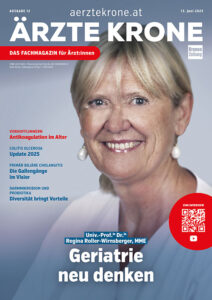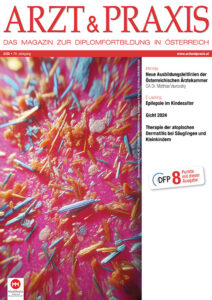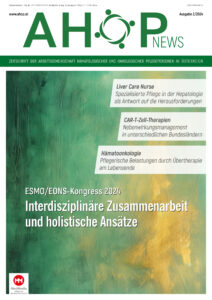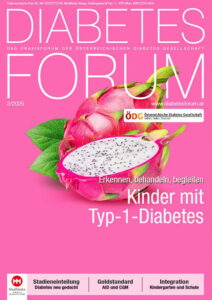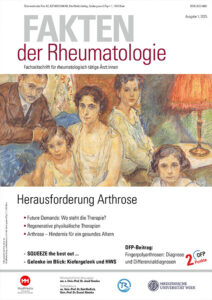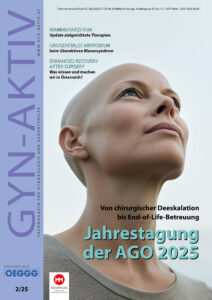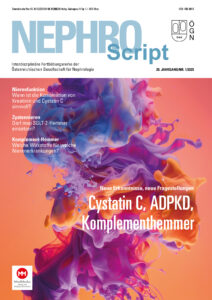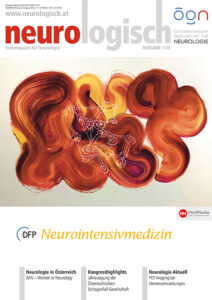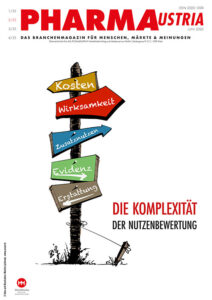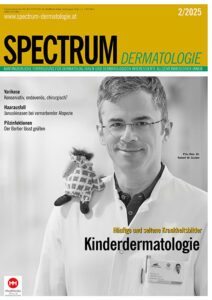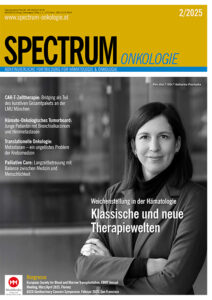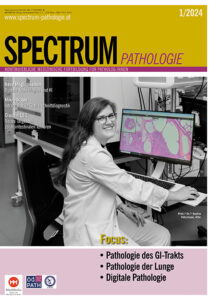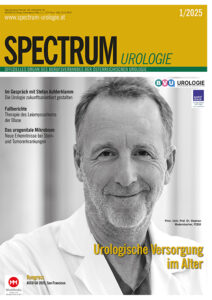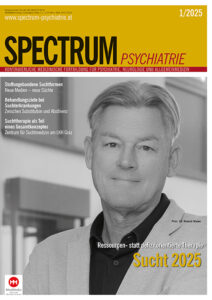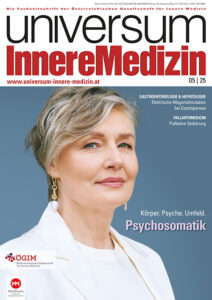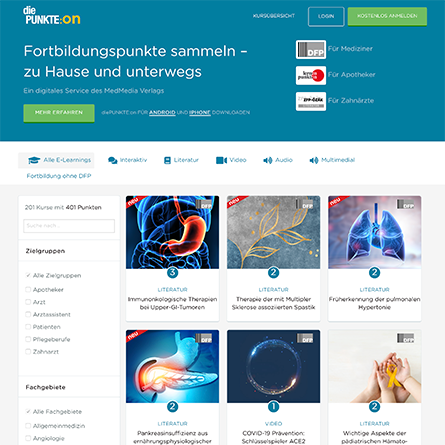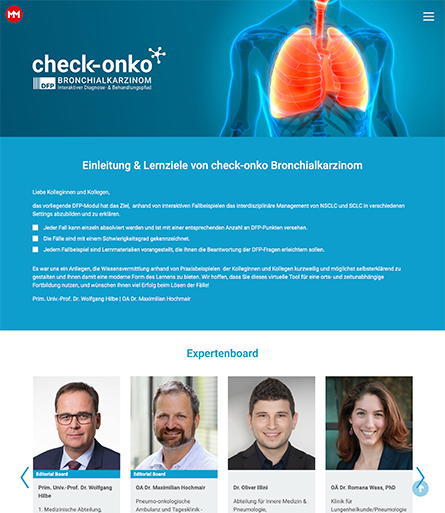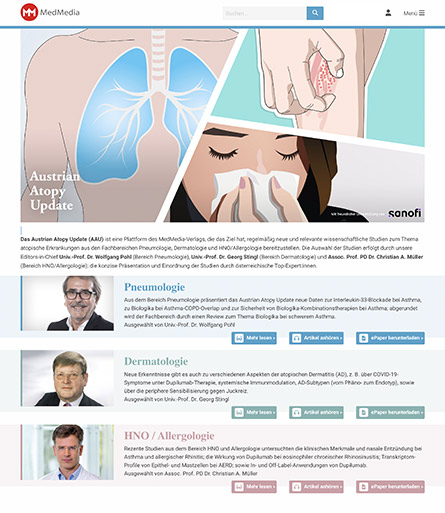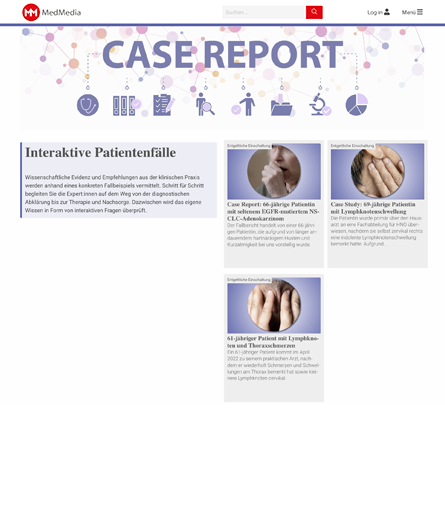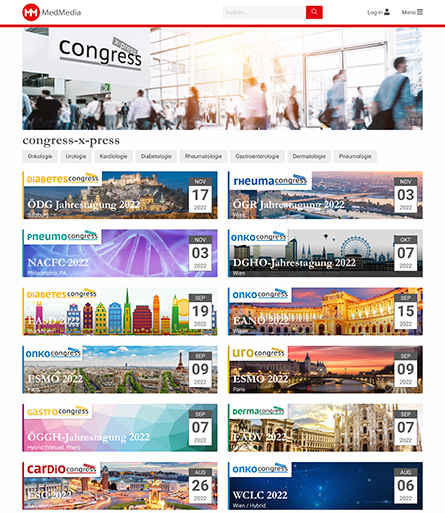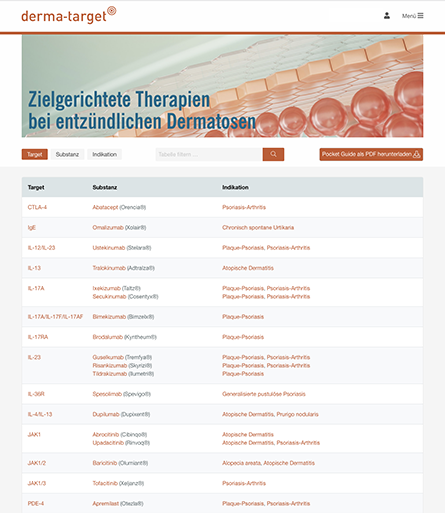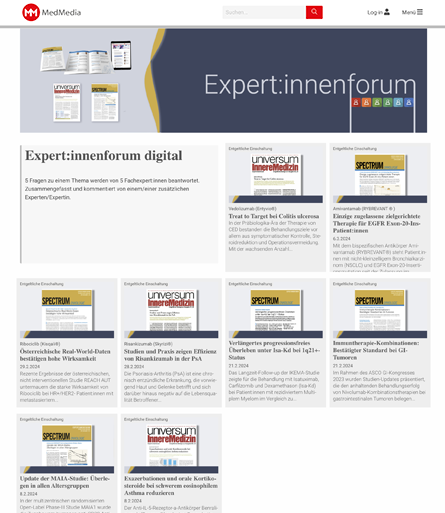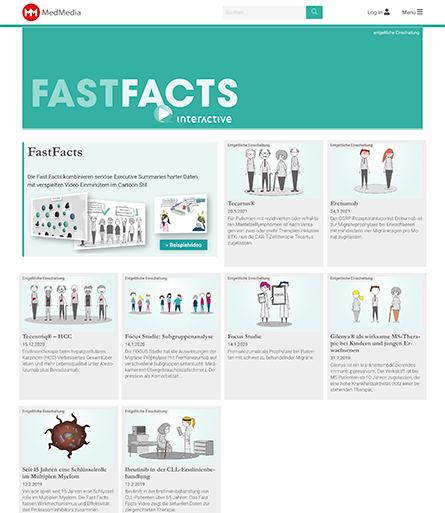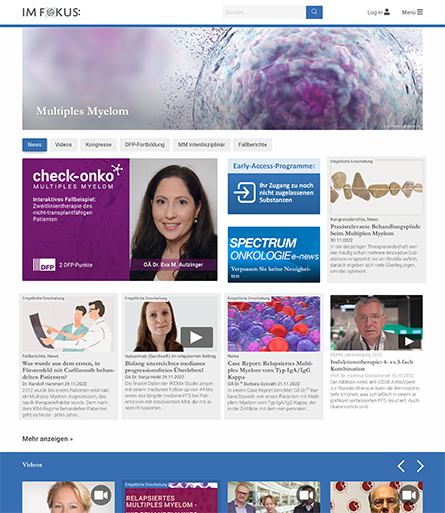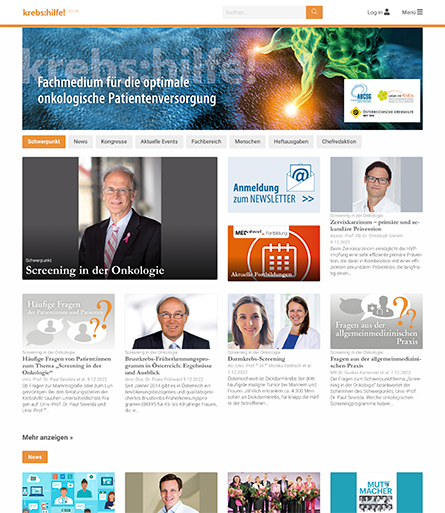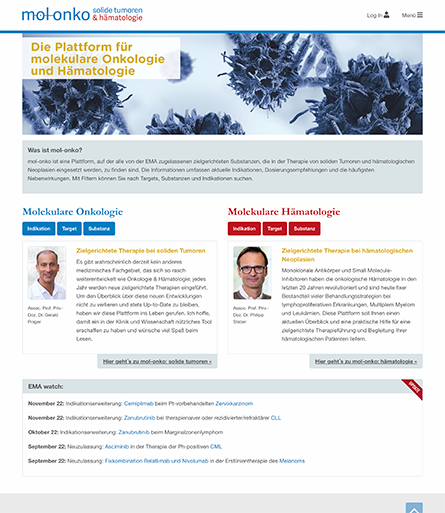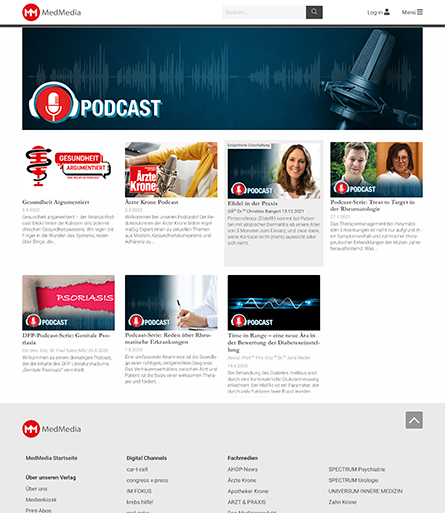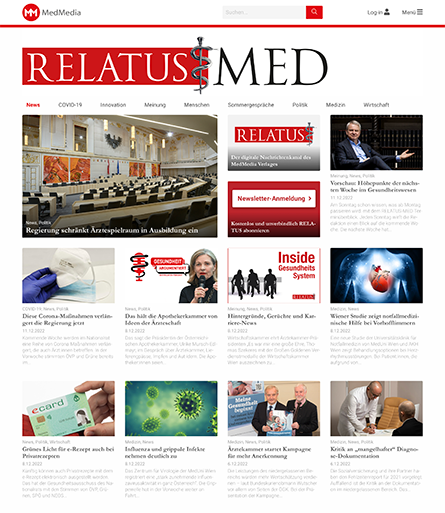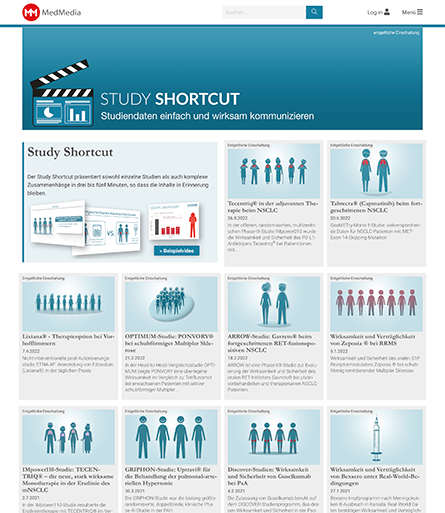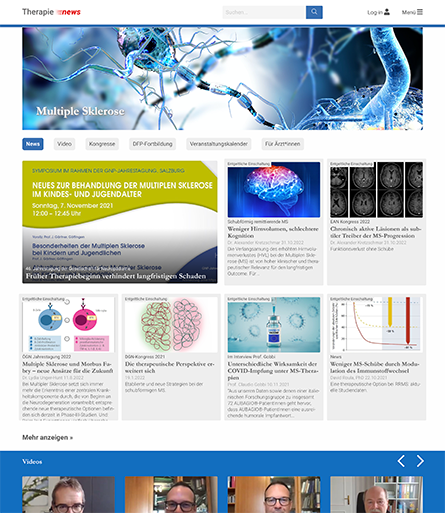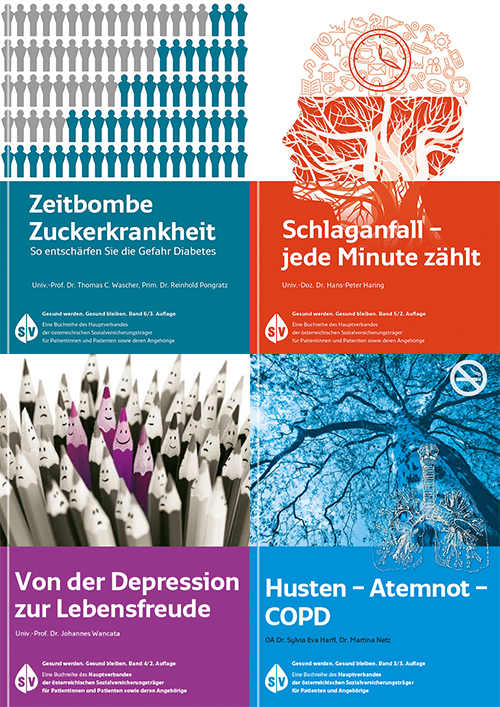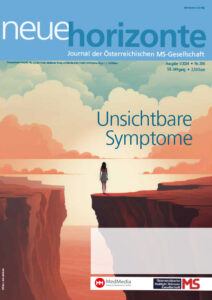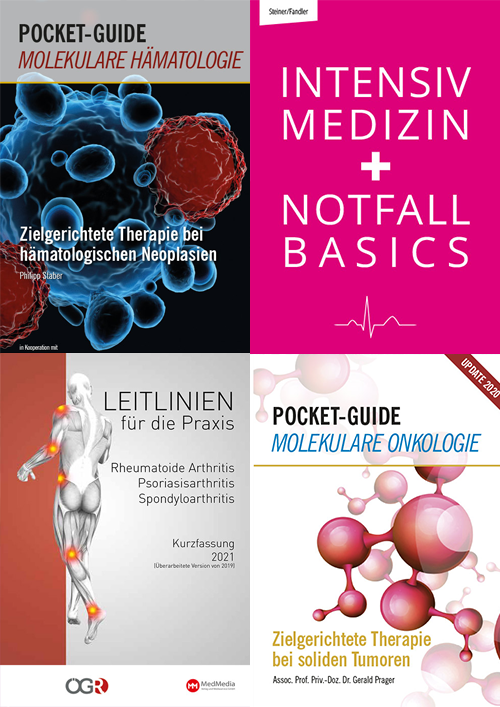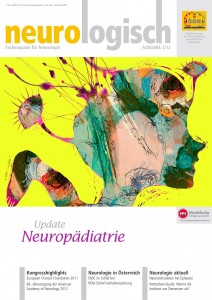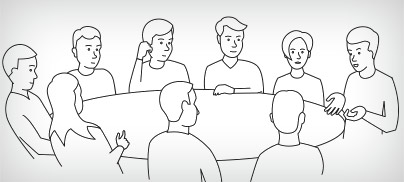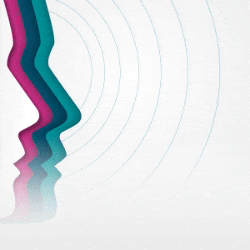Update on T-LOC (transient loss of conciousness)
Syncope is a transient, brief and self-limited loss of consciousness that is due to global cerebral hypoperfusion. This specific pathophysiology sets syncope apart from other conditions that cause a transient loss of consciousness (T-LOC), including generalised epileptic seizures, functional T-LOC (psychogenic, non-epileptic seizures and psychogenic pseudosyncope, which mimic epileptic seizures and syncope, respectively), and less common disorders that cause T-LOC. Syncope is divided into reflex syncope (synonymous with neurally mediated syncope), syncope due to orthostatic hypotension, and cardiac syncope (arrhythmic or associated with structural cardiac disease). Vasovagal syncope is by far the most common form of T-LOC, which affects up to 40% of the population.
In vasovagal syncope T-LOC is accompanied by arterial hypotension without or with bradycardia/asystole. Vasovagal syncope is commonly thought to result from a withdrawal of sympathetic activity, which releases vasoconstriction, and leads to a fall in systemic vascular resistance. Recent studies, however, have challenged this view, and have demonstrated a decrease in cardiac output during presyncope in the majority of patients. Important diagnostic clues include the circumstances of the attack (e.g. fear, pain, standing, cessation of exercise), prodromal features (e.g. sweating, nausea, pallor, blurred vision), the prevention of T-LOC by sitting or lying down, and the prompt and complete recovery of consciousness. Taking a thorough step-by-step history of as many attacks as possible is the cornerstone of the diagnosis of vasovagal syncope, and this also means that additional testing can be avoided in many patients.
Patient education is crucial in the treatment in reflex syncope. Too often the diagnostic evaluation in reflex syncope is limited to ruling out epilepsy or cardiac syncope. The resulting „don’t-have syndrome” is likely to lead to unnecessary diagnostic evaluation and delays in the provision of effective treatment. The best treatment options are a clear explanation of the underlying mechanism, avoidance of the main triggers, and general measures that increase orthostatic tolerance. Patients with recognizable premonitory signs and symptoms are instructed to apply counter-pressure manoeuvres, e.g. leg-crossing, muscle-tensing. Training in physical counter-manoeuvres reduces the risk of future syncope by 39%. In addition, volume-expansion can be applied by raising water intake and salt intake.
Non-pharmacological measures: A recent Cochrane review indicated that there is insufficient evidence to support the routine use of medication in these patients (e.g. beta-blockers, fludrocortisone, midodrine, SSRIs). Randomised trials on pacemaker therapy in vasovagal syncope have also yielded negative results. The lack of efficacy can be explained by the fact that in vasovagal syncope bradycardia often coincides with a vasodepressive response. Patients with an exclusive cardioinhibitory response are therefore more likely to benefit, but a new randomised trial is under way to address this issue. The cornerstone of the management of patients with vasovagal syncope thus comprises non-pharmacological measures. Important non-pharmacological measures include: education regarding awareness and possible avoidance of triggers, early recognition of prodromal symptoms, and performing manoeuvres to abort the episode.
